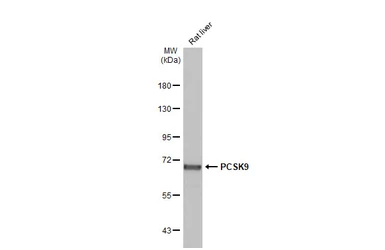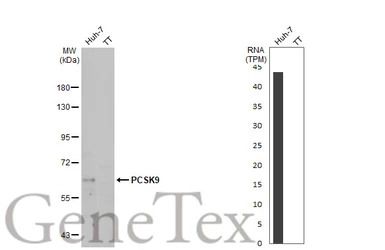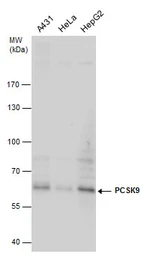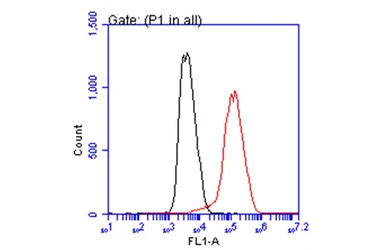PCSK9 antibody
Cat. No. GTX129859
Cat. No. GTX129859
-
HostRabbit
-
ClonalityPolyclonal
-
IsotypeIgG
-
ApplicationsWB FCM ELISA
-
ReactivityHuman, Rat






